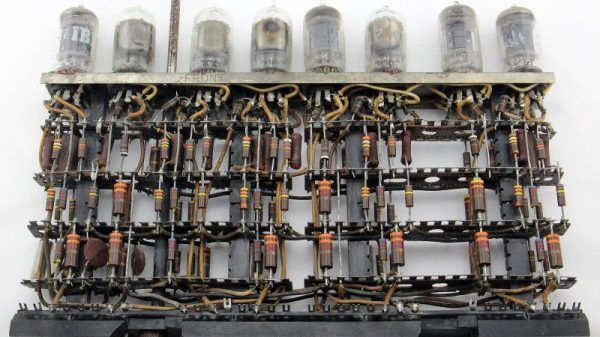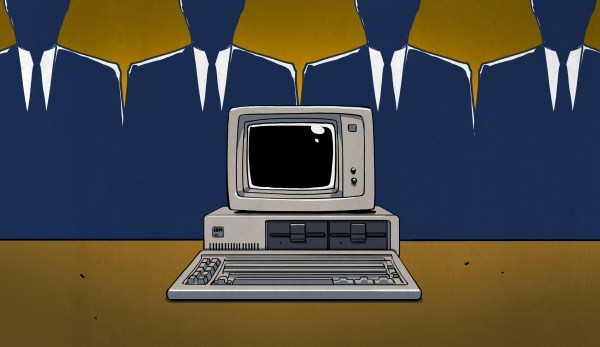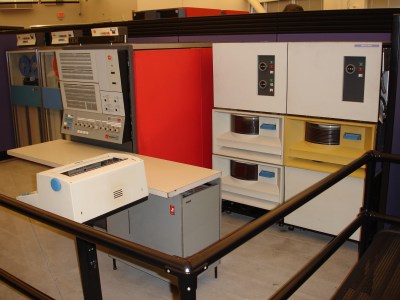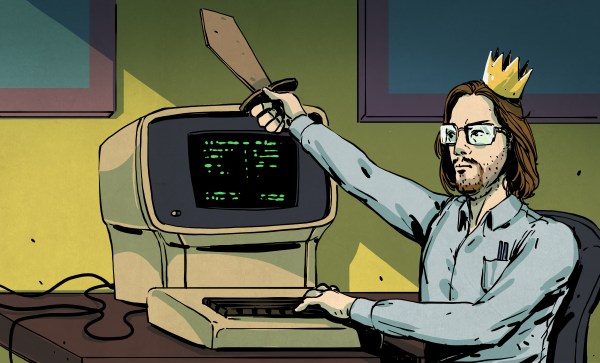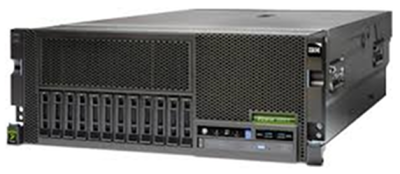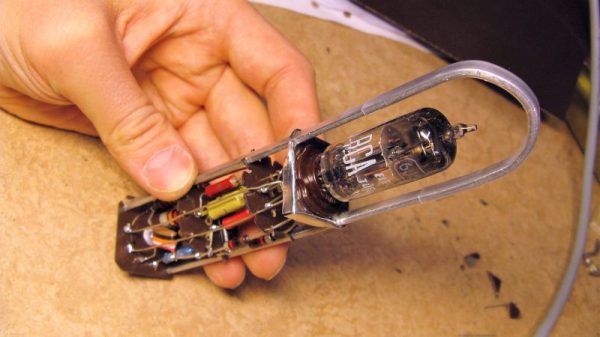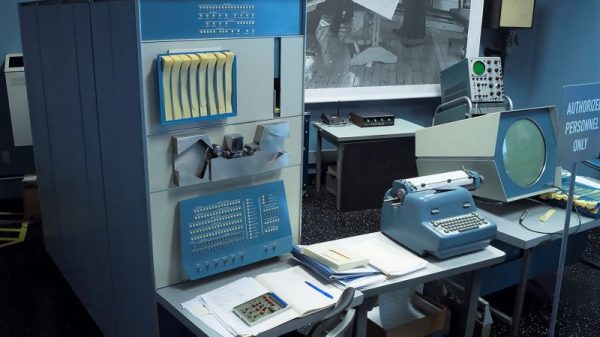Hard drive storage has gone through the roof in recent years. Rotating hard drives that can hold 16 terabytes of data are essentially available today, although pricey, and 12 terabyte drives are commonplace. For those who remember when a single terabyte was a lot of storage, the idea that you can now pick up a drive of that size for under $40 is amazing. Bear in mind, we are talking terabytes.
In 1994, that was an unimaginable amount of storage. Just a scant 24 years ago, though, you could get 90 gigabytes — 0.09 terabytes — if you didn’t mind buying an IBM mainframe and a RAMAC disk storage unit. You can see a promotional video digitized by Archive.org, below. Just keep in mind that IBM has a long history of calling disk drives DASD — an acronym for Direct Access Storage Device. You pronounce that “dazz-dee”, as you’ll hear in the video.
Continue reading “Retrotechtacular: A 180 GB Drive From 1994”


